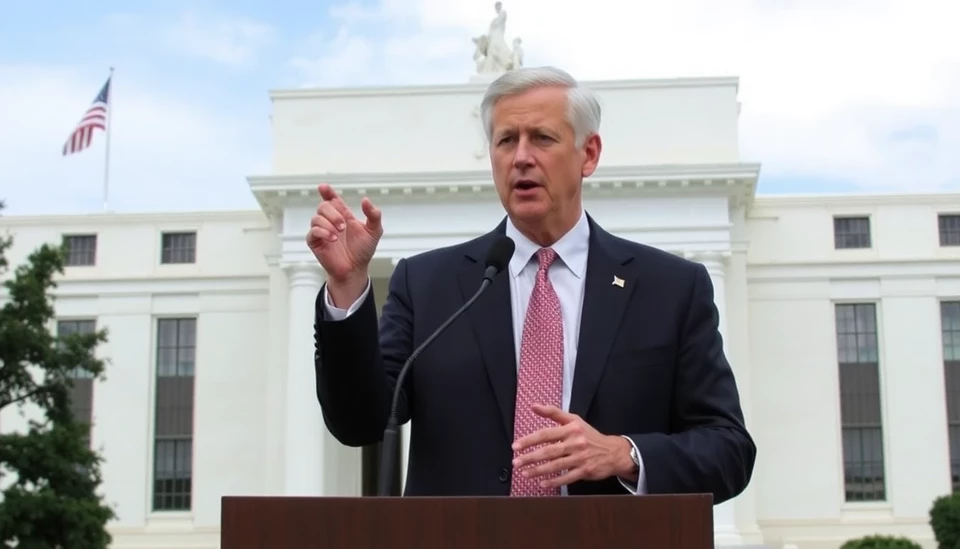
In a development that has taken many economists by surprise, U.S. wholesale inflation has unexpectedly accelerated, primarily fueled by increasing food costs. This uptick in wholesale prices, reported by the Labor Department, signals potential challenges ahead for consumers and the economy at large. Analysts had anticipated a more stable inflation rate, but the latest figures reveal a different narrative.
In November, the Producer Price Index (PPI), which measures the average changes in prices received by domestic producers for their output, showed a month-over-month increase of 0.4%. This rise surpasses the predictions made by market analysts who expected a more modest increase of 0.2%. The persistence of inflation in the wholesale sector raises concerns about the broader implications for retail prices and consumer spending in the upcoming months.
A significant contributor to this unexpected acceleration is the substantial rise in food prices. Fresh vegetables, meat, and dairy have all seen noticeable price increases. The food index climbed 2.3% in November alone, marking one of the highest monthly increases in current months and drawing attention to the ongoing issues within the supply chain and production sectors.
Furthermore, excluding food and energy prices, the core PPI also experienced a sharp rise of 0.3%, indicating that inflation pressures are not solely confined to food items. This broader increase suggests that various sectors across the economy are feeling the strain of rising costs. Analysts caution that sustained inflation in wholesale prices can translate to higher retail prices, ultimately impacting consumer purchasing power.
The Federal Reserve has been closely monitoring inflation trends as they navigate their monetary policy, including interest rate adjustments. With these new figures in hand, there is speculation about how the Fed might respond, particularly regarding its ongoing battle to achieve its 2% inflation target. The risk of further rate hikes looms larger as Fed officials are likely to intensify their scrutiny of future inflation data.
Overall, the latest report on wholesale inflation underscores the volatility of the current economic landscape, driven by factors such as food prices and supply chain disruptions. Consumers may be bracing themselves for further price increases in the coming months as the ramifications of this unexpected jump in wholesale inflation unfold.
As we head towards the end of the year, businesses and consumers alike will be keen to monitor these trends, looking for signs of stabilization or further escalation in prices.
In summary, this surprising increase in U.S. wholesale inflation is a critical development that could reshape expectations for the economy as we move into 2024, keeping both market analysts and consumers on high alert.
#Inflation #WholesalePrices #FoodCosts #EconomicTrends #FederalReserve
Author: Daniel Foster




